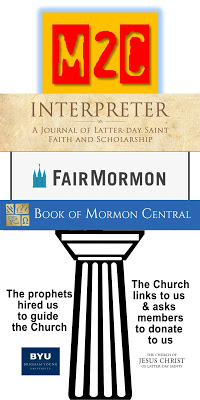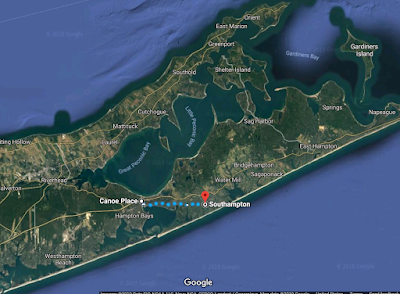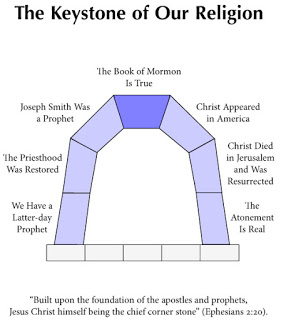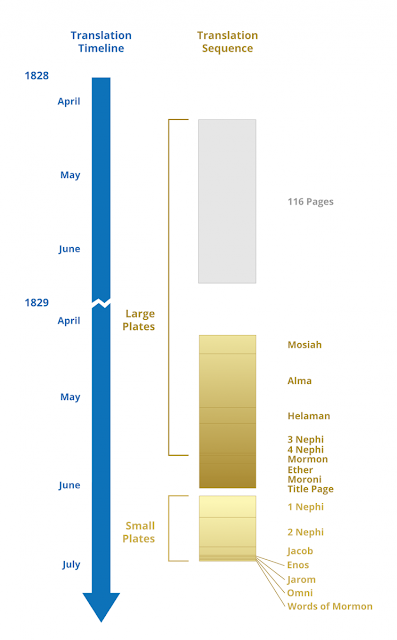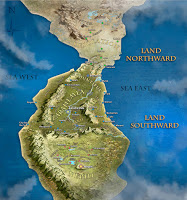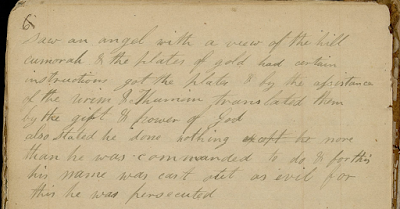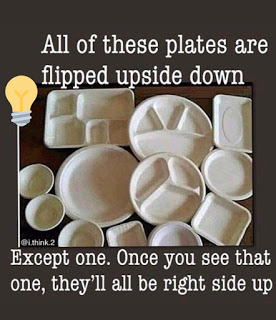Very simple
One of the strangest arguments I hear is “The Brethren have said the people living in Latin America have the blood of Lehi (or are Lamanites), so the Hill Cumorah cannot be in western New York.”
The logical fallacies in that argument seem so obvious to me that I don’t usually respond to it, but it remains one of the main justifications for M2C, so here goes.
It seems axiomatic that Lehi’s descendants would have spread throughout the Americas regardless of where Lehi landed around 580 BC.
Regardless of how many were in Lehi’s landing party, or where Zarahemla, Bountiful, Cumorah, etc. were located, people migrate and intermarry. The Book of Mormon tells us less than 1% of the history. In 1,000 years of Nephite history, Lehi’s descendants could have migrated throughout the Americas and beyond.
Even after the Nephite civilization was destroyed at Cumorah, 1400 years passed before Joseph obtained the plates. If Lehi’s descendants hadn’t migrated throughout the Americas before 400 A.D., they could have done so after 400 A.D.
The presence of Lehi’s descendants throughout the Americas today has nothing to do with where the events in the Book of Mormon took place.
We’re left with the teachings of the prophets about the New York Cumorah, which, so far as I know, have never been questioned, repudiated, or replaced by any of the prophets. We’re also left with the teachings of many of those same prophets that we don’t know where the other events took place.
The recent Gospel Topics Essay says the Church takes no position on the location of Book of Mormon events. That’s really the only possible position to take when there are so many different ideas among Church members. The key is, no one should claim prophetic or Church support for their personal views.
I focus on the Cumorah issue because of the teachings of the prophets, and because I think the scientific evidence supports those teachings. Other good, faithful members of the Church don’t believe those teachings, and/or disagree about the evidence, which is fine with me.
I support everything the Brethren have taught, from the beginning through the present.
I respect and admire LDS scholars and intellectuals who have worked on these issues, but I don’t feel any obligation, duty, or even inclination to accept what they teach just because they claim expertise.
Source: Book of Mormon Wars
